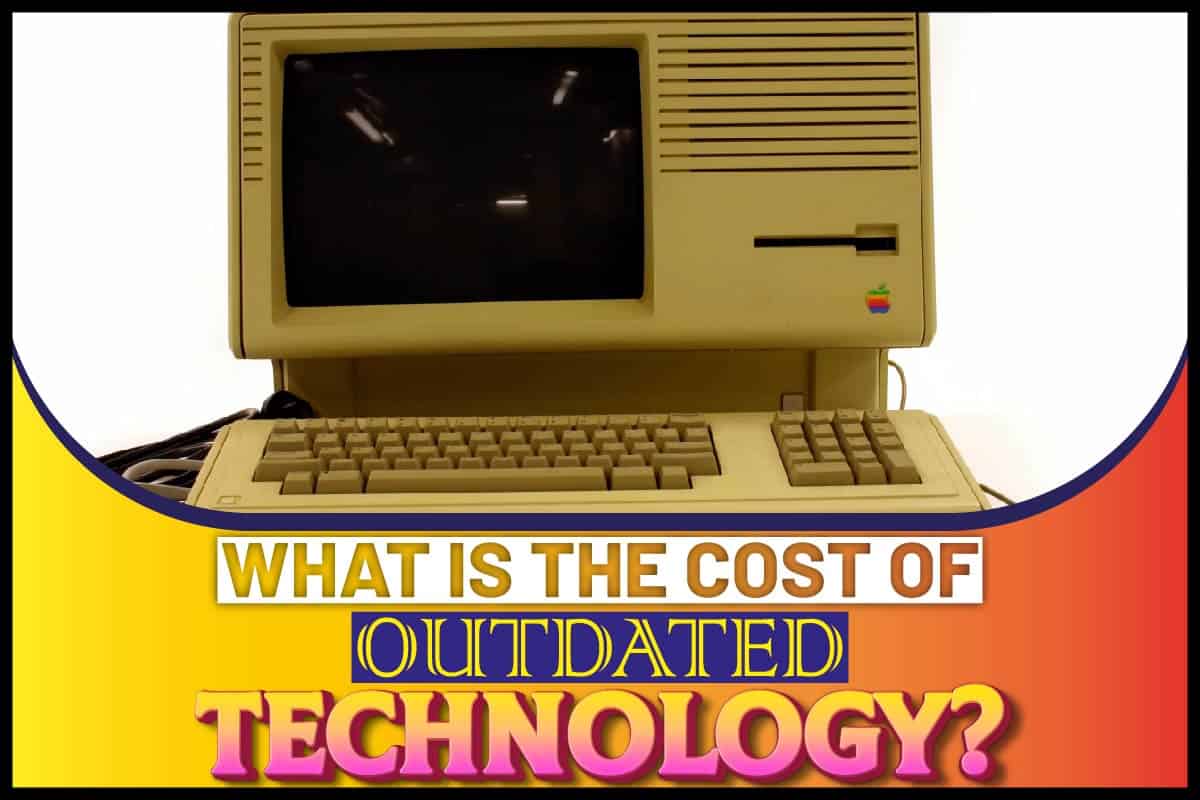
If you want a modern IT environment, you will have to invest in making that happen. Your applications and critical data are only going to be as secure as your infrastructure and devices.
When you don’t spend the time and money to update technology as needed, it ends up costing you significantly more in the long run.
For example, using an automated patch management solution can help protect your network from cyberattacks. It’s a streamlined, efficient, and straightforward way to roll out needed patches and continuously monitor whether or not they’re needed. If you don’t do that, and you rely on manual patches, you’re leaving yourself vulnerable to attacks that can cost tens or even hundreds of thousands of dollars.
The following are some of the ways outdated technology can genuinely affect a business of any size.
Security Threats
Cybersecurity is one of the biggest concerns and priorities for businesses across the board right, particularly with the move to remote work. If you’re using older hardware and software, it simply doesn’t have the security updates of newer options.
If you’re cutting corners on security solutions, you are potentially losing much more than you can gain.
If there’s a breach, you’re going to have to likely pay the ransom if it’s that type of attack. You’ll have to spend money to recover lost data if it’s even possible. You’ll then put money into contacting people affected and providing them assistance. All of this and then your reputation is still expected to be damaged if there’s a breach of sensitive information.
Productivity
A survey from 2016 found businesses in the United States lose as much as $1.8 billion a year in wasted productivity because of obsolete tech.
Think about how small things can add up in terms of employee productivity. A slow or freezing device, for example, means more downtime as well as more frustration.
If you invest in new programs or platforms, your devices and hardware might not be modern enough to support them, so that money is wasted.
Older technology isn’t likely to facilitate remote work the way cloud-based apps do. Your employees will struggle to log on and access what they need, slowing them down and impeding productivity.
It may be the case that entire workflows are interrupted as well.
On the other hand, when non-essential, repetitive, or manual tasks are automated, there’s more mobile-friendliness and workers can use cloud-based apps, and they can work smarter and faster. That also leaves employees with more time to think strategically and problem-solve, rather than constantly troubleshooting.
When your employees aren’t given the tools to do their jobs the way they’d like to, then there are ripple effects. For example, employees might not have the opportunity to grow in their position and move upward because they’re spending too much time dealing with outdated technology and not enough time thinking outside the box.
Another issue with outdated technology can be increased employee turnover. If you’re not providing what employees need to do their jobs effectively, they’ll go somewhere that is. If you aren’t willing to invest in the fundamentals of technology, employees might see it as you not being willing to invest in them.
When your employees are held back by old technology, it will affect how well they communicate and collaborate with one another. Eventually, it’s going to erode morale.
Support Costs
When your employees can’t access information without submitting a support ticket or your IT team is constantly fixing issues, your costs are going up in these areas.
You’ll Fall Behind Competitors
If you’re using outdated technology on the back end, these effects will likely spill over to your customer experience. There was a Microsoft survey that more than 90% of respondents felt dealing with a company using outdated security would lead them to take their business elsewhere because of convenience and security concerns.
So even though the costs of keeping outdated technology tend to far outweigh the investments into new devices, software, and apps, why do businesses fail to update? There are a variety of reasons, including being overwhelmed and not knowing where to start.
Some business leaders may not even realize an issue with outdated technology, or they’re afraid of what a transition could look like.
Luckily with cloud-based solutions, you can improve and modernize your technological assets at a scalable cost and in a manageable way that will reduce potential downtime. Begin prioritizing where you want to begin so that it’s not so overwhelming.
Similar Posts:
- Does Pch Sell Your Information?
- 7 Tips to Keep Remote Workers Safe
- Can You Cancel Moneybox?
- Is There A Fee To Withdraw From Acorns?
- Unveiling the Power of Time Tracker: Diverse Methods of Employee Time Tracking
- Top 9 Best LGA 1155 CPU: Get Great Value For The Money
- How Do I Cancel An Acorns Investment?
- Top 11 Best Router For Spectrum Review In 2021
- Top 8 Best LGA 1150 CPU Review in 2021: A Comprehensive Guide
- How Much Swagbucks Do You Earn A Day?
